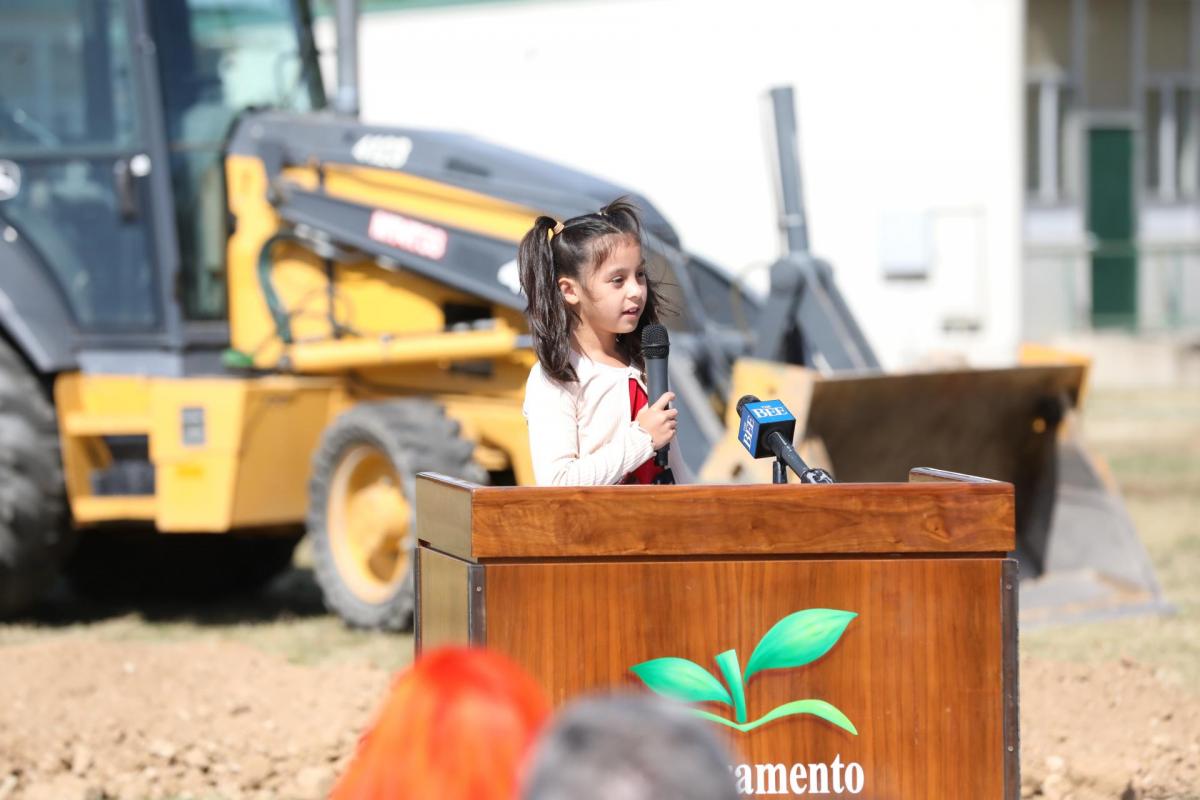Search: -0521, Facilities Services
Results
Sustainability
In order to protect the health, wellness, and learning potential of all our students and staff, SCUSD is thinking deeply about how to both adapt to a rapidly changing climate, as well as mitigate our impact on it.
Special Project Requests
A Special Project Request (SPR) is required for any site that wants to add something to or modify any district facility with something that does not currently exist. Here are some examples of an SPR:
Measure D
Improving Local Schools
- Expanding Science, Technology, Engineering, Arts and Mathematics (STEAM) classrooms and labs
- Repairing and replacing leaky roofs
- Expanding counseling and special education facilities for students
- No projected increase in the current tax rate
- Funds cannot be taken by the state and spent elsewhere
Election Day is November 5, 2024.
Current Projects
2023-2024 Facilities Achievements
Major Capital Projects
- Edward Kemble/Cesar Chavez K-6: school rebuild
- Nicholas Elementary: school rebuild
- Oak Ridge Elementary: school rebuild
- Hiram Johnson High: new baseball, softball, and golf facilities
- John F. Kennedy High: new roof and HVAC
- John F.
Facilities Support Services
A focus on equity and sustainability
​Learn about our commitment to sustainability.
In Sac City Unified, we recognize that our system is inequitable by design and we vigilantly work to confront and interrupt inequities that exist to level the playing field and provide opportunities for everyone to learn, grow, and reach their greatness.
Bond Funding
Your tax dollars support social justice in our school facilities
A History of Inequity
Â鶹ÊÓƵ has had a long and painful history of racially segregating its neighborhoods* through race covenants like redlining and other economic policies between 1913 and 1948, and appraisal tactics were used to perpetuate real estate segregation into the late 1970’s. Historically, neighborhoods with mostly white demographics were heavily invested in while funding was divested in neighborhoods with higher concentrations of people of color. A near century of these practices has led to predominantly white neighborhoods having a major advantage.

